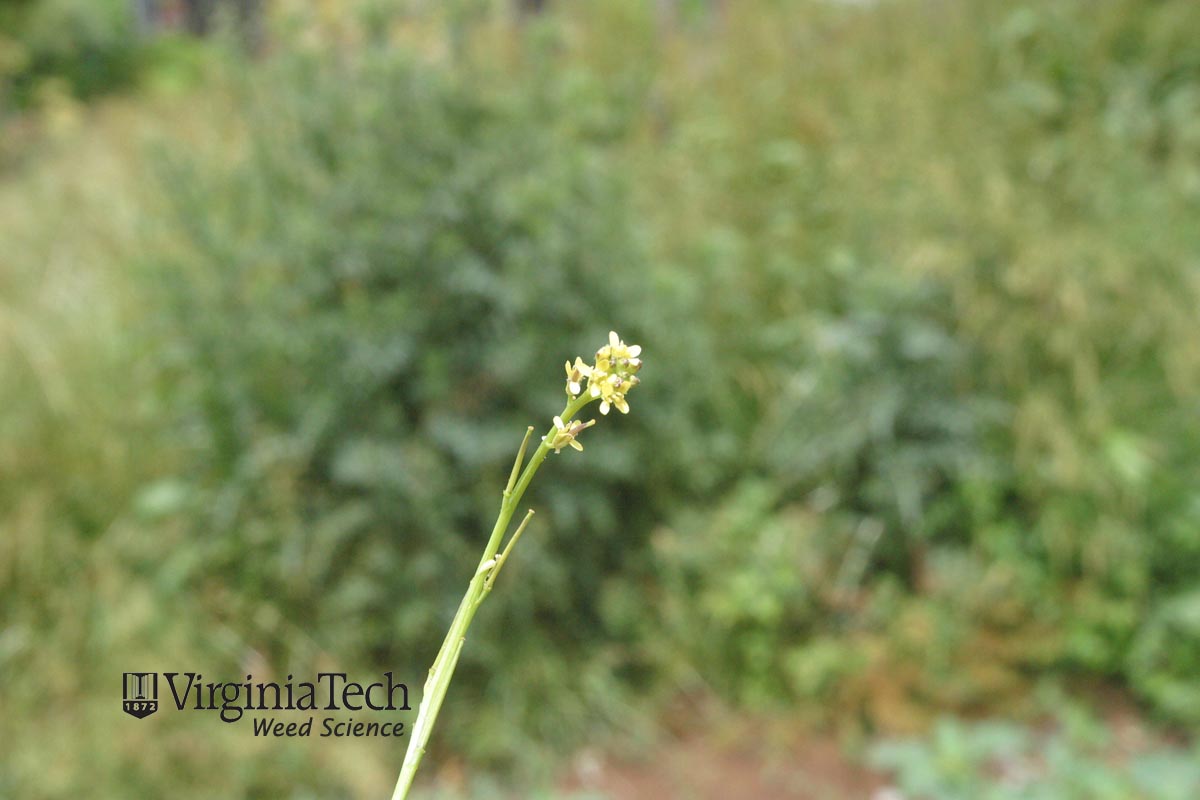hedgemustard
Family
BrassicaceaeScientific Name
Sisymbrium offcinaleSynonyms (former Scientific Names):
Erysimum officinale
Habit
Seedlings have club-shaped cotyledons. Mature plants first produce a basal rosette then flowering stems reaching 30 cm to 1 m tall. Root is made up of a slender branching taproot.
Leaves
Leaves are pinnately lobed with deeply toothed margins. Both sides of the leaves are covered with bristly hairs and the end of the leaf has the largest segment.
Identifying Characteristics
Yellow flower petals are less than 3 mm long and fruit less than 1.5 cm long.
Flower Seed Head
Clusters of yellow flowers on the ends of long flower stems appear June through September. Flowers have 4 petals 1 to 2.5 mm long.
Seed Fruit
Fruit is awl shaped measuring less than 1.5 cm in length with 2 compartments containing 20 seeds each. Seeds 1-1.5 mm long, are egg or triangle shaped and reddish brown in color.
Where Found
Across most of the United States this species prefers dry loamy, sandy, or stony soils. Nursery, horticultural and agricultural crops are all home to hedge mustard.
Growth Habit
upright and nonwoody
Thorns or Spines
not present
Approximate Flower Diameter
pencil
Dominant Flower Color
Varies:
white,
yellow
Flower Symmetry
bilateral symmetry
Leaf Hairs
Varies:
has hairs,
no hairs
Leaf Shape
Varies:
lance,
oval,
triangle
Leaf Arrangement
Varies:
alternate,
rosette
Leaf Margin
lobed
Leaf Structure
pinnate
Leaf Stalk
Varies:
none,
shorter than leaf
Stem Hairs
has hairs
Stem Cross Section
round or oval
Milky Sap
not present
Root Structure
taproot
Life Cycle
winter annual
Plant Type
Herb








